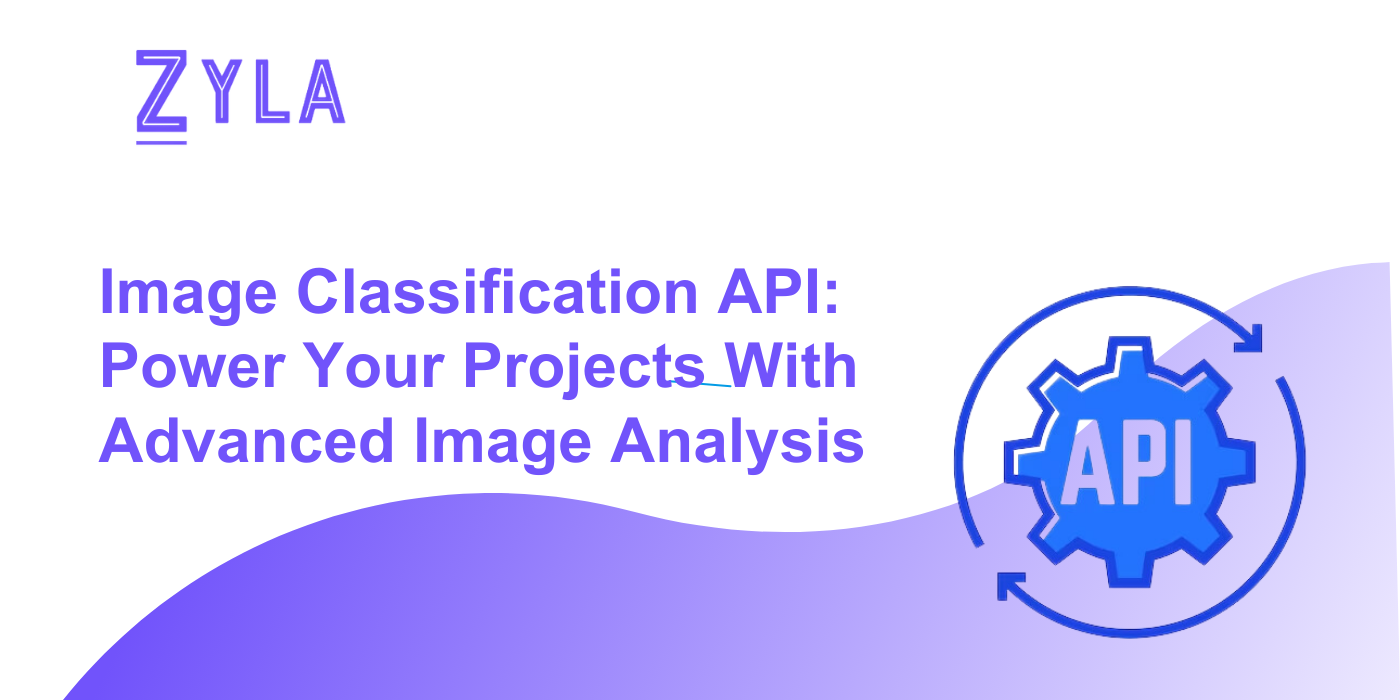Image Classification API: Power Your Projects With Advanced Image Analysis
API Hub: Find, Connect and Manage APIs!

Image Classification API is a powerful tool that enables developers to analyze and classify images based on their content. By leveraging sophisticated algorithms and machine learning models, this API can identify objects, scenes, and patterns within images, providing valuable insights for a wide range of applications. From content moderation to visual search, Image Classification API offers developers a versatile solution for enhancing image analysis capabilities.
Image Classification API into your projects is a straightforward process that can significantly enhance the functionality and user experience of your applications. Here are the steps to seamlessly integrate the API into your projects:
Image Classification API offers developers a powerful tool for advancing image analysis capabilities and enhancing the functionality of their projects. By integrating this API into their applications, developers can unlock new opportunities for content moderation, visual search, image tagging, and more. Embracing Image Classification API can empower developers to create innovative solutions that leverage the power of advanced image analysis, ultimately enhancing user experiences and driving project success in the digital landscape.


Find, Connect, & Manage APIs using one account with a single API key.
Already registered? Login
Why choose Zyla API Hub?
Free Sign Up
7-day free trial - Try most APIs with a free 7-day trial!
Explore over 6,300 APIs across 30+ categories
Get 2 months free with yearly subscriptions!
Test any API with 3 free requests
10,000+ of the world's leading engineers and organizations rely on Zyla API Hub





Discover, connect, and manage APIs, all with a single account, one API key, and a unified SDK. Explore our vast catalog, access detailed documentation, and test endpoints seamlessly.